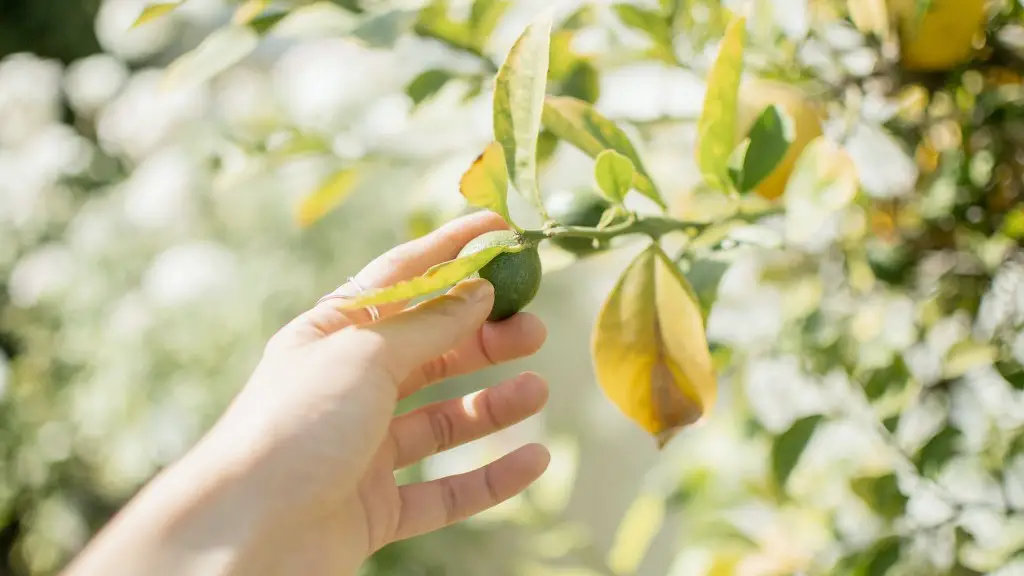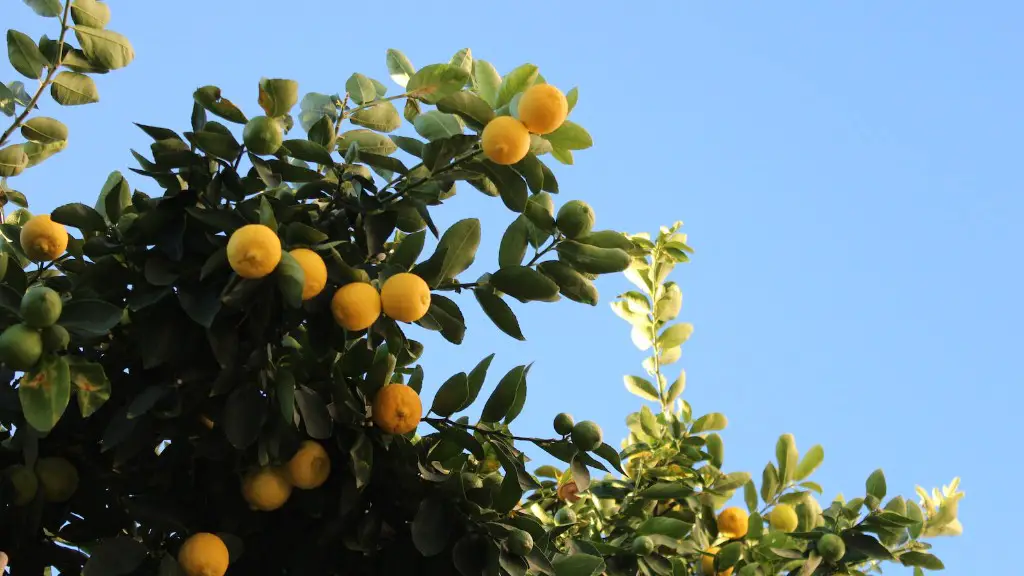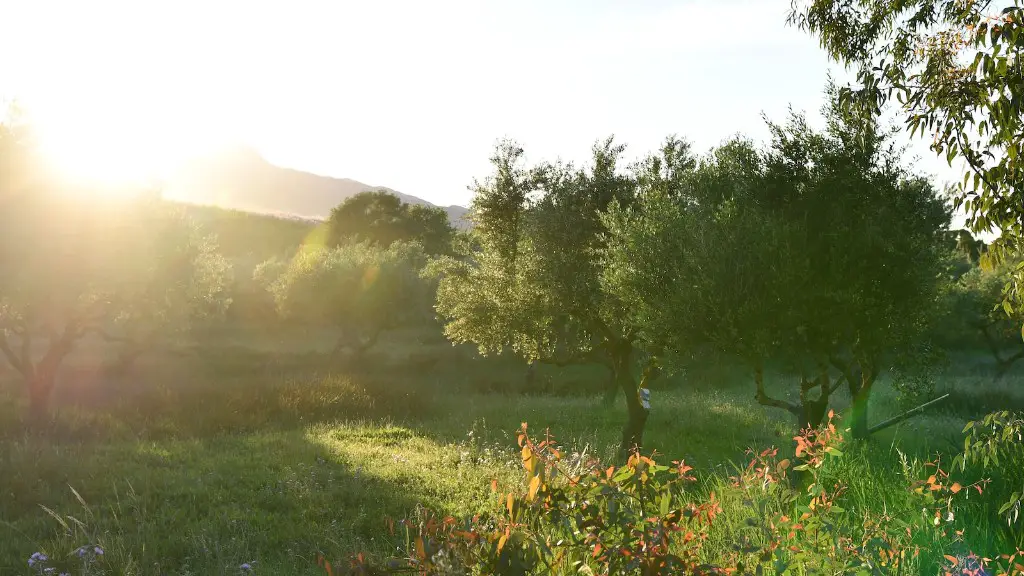Meyer lemon trees are a popular choice for those who want to bring a fruit-bearing plant into their home. As long as you have proper care and a suitable location for your tree, growing a Meyer lemon tree indoors can be easily achieved. Here’s how to take care of a Meyer lemon tree indoors:
1. Temperature: Meyer lemon trees thrive in temperatures between 55-75°F and require six hours of bright light. Ensure that the area your tree is located in is close to one of your windowsill to maximize the amount of light and warmth it is receiving.
2. Water: Meyer lemon trees should not be overwatered but also should not be allowed to become dry. Let the top inch of soil dry out before watering and water the plant deeply. If using tap water, allow it to sit for 24-48 hours to improve the flavor of the lemons.
3. Humidity: Meyer lemon trees require daily misting with a spray bottle. If the air is too dry they can drop their leaves, so be sure to mist daily to maintain a suitable humidity level.
4. Fertilizer: While in the growing season (April-October) the plant will need an all-purpose fertilizer. You should apply half-strength fertilizer every two weeks and full-strength fertilizer once a month.
5. Pruning: Prune the tree every spring after it starts flowering. Prune off any dead and damaged branches, as well as any branches that are growing towards the center of the tree. This will ensure that the tree can receive the most light and air circulation.
6. Insects: Insects such as aphids and mealybugs can be a problem with Meyer lemons. Regularly check for these pests and if found, control them by either pruning them off or using an insecticidal soap.
7. Pests: If you live in an area with hot, humid conditions, scale insects can also be a problem. If you notice that your tree has scale, the best solution is to treat the tree with a systemic insecticide. Be sure to follow the instructions on the label and reapply as needed.
Winter Care
Meyer lemon trees need to be given some extra care during the winter months. The tree will need to be watered less as the soil can stay drier. Ensure that the tree is getting enough light, as the shorter days of winter can make this difficult. Pruning can also be beneficial, as it helps the tree to maintain its shape and size. Additionally, scale and other pests tend to become troublesome during the colder months, so be sure to inspect the tree for these pests regularly.
Potting and Transplanting
It is recommended that you repot your Meyer lemon tree every two years to ensure its health and growth. Choose a pot that is well-draining and at least a few inches larger than the root ball. If needed, fill the pot with some fresh soil, however, this should only be done if the original soil is clumped or overly dense. Be sure to keep the top of the soil at the same level and repot in the springtime when the weather is mild.
Harvesting
Your Meyer lemon tree will begin giving fruit between November and early March. The lemons will take on the classic oval shape of other varieties and be ready for picking when they have a vibrant yellow color. If lemons do not reach this color, leave them on the tree and it will continue to ripen. Lemons can also be harvested and left to ripen on a countertop at home.
Disease and Prevention
Meyer lemon trees can be plagued by a variety of diseases, including nutrient deficiencies, canker, and blight. To prevent these diseases is all about ensuring that your lemon tree is receiving proper care and that it is growing in an environment that supports its health. Be sure to inspect the tree regularly for any signs of these problems and take appropriate action if needed. Additionally, take care to provide your tree with proper nutrition and keep the humidity and temperature levels at suitable levels.
Proper Nutrition
Nutrition is essential for a Meyer lemon tree to provide sufficient yields of lemons. Be sure to provide the tree with adequate amounts of nitrogen, which can be achieved by mulching the soil or applying fertilizer. Additionally, you should also monitor the pH balance of the soil and check it regularly to ensure that it is between 5.5 and 6.5. If it isn’t at the correct level, you can add lime to raise it or sulfur to lower it.



